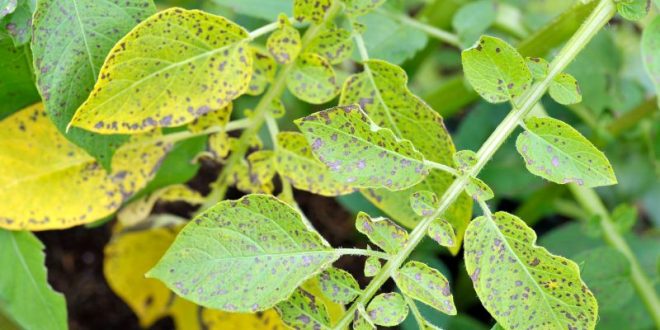A team of at least 13 scientists from USA, France, Saudi Arabia and Great Britain recently released a paper that brings another new hope for potato growers around the world in their battle against Phytophthora infestans.
According to a paper abstract recently published in the Science journal tackling the subject, the polysaccharide pectin makes up about a third of the cell wall in potatoes.
In this respect, the researchers involved in the study identified a family of lytic polysaccharide monooxygenases (LMPOs) that cleave pectin and are up regulated in P. infestans during infection. Silencing the relevant LMPO gene successfully inhibited P. infestans infections.
“We report the discovery of a family of copper-dependent lytic polysaccharide monooxygenases (LPMOs) in plant pathogenic oomycetes and its role in plant infection by P. infestans. We show that LPMO-encoding genes are up-regulated early during infection and that the secreted enzymes oxidatively cleave the backbone of pectin, a charged polysaccharide in the plant cell wall,” explained the experts involved.
“The crystal structure of the most abundant of these LPMOs sheds light on its ability to recognize and degrade pectin and silencing the encoding gene in P. infestans inhibits infection of potato, indicating a role in host penetration. The identification of LPMOs as virulence factors in pathogenic oomycetes opens up opportunities in crop protection and food security,” concluded the scientists.
The oomycete Phytophthora infestans is a damaging crop pathogen and a model organism to study plant-pathogen interactions. The fungus-like microorganism causes global crop damage amounting to around USD6bn each year and threatens food security.

